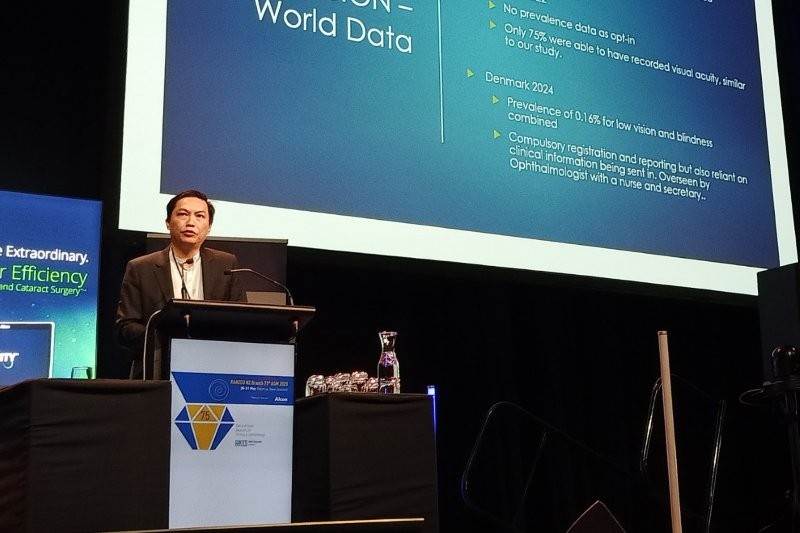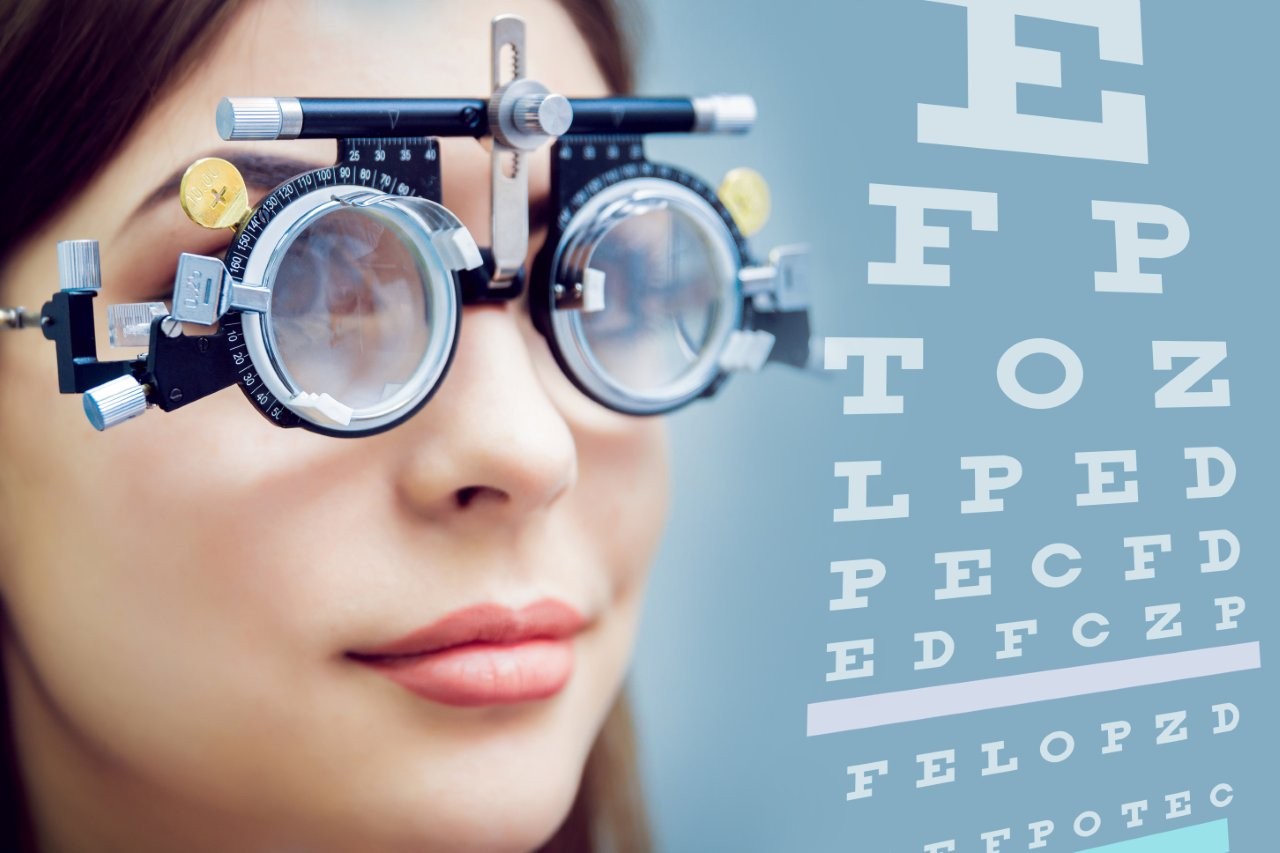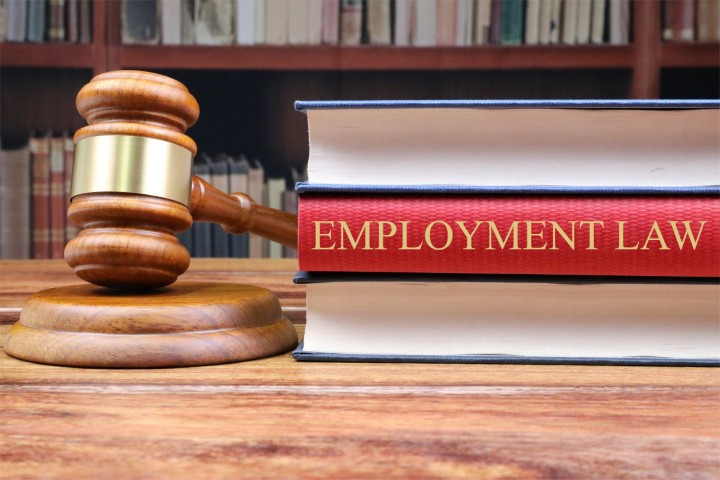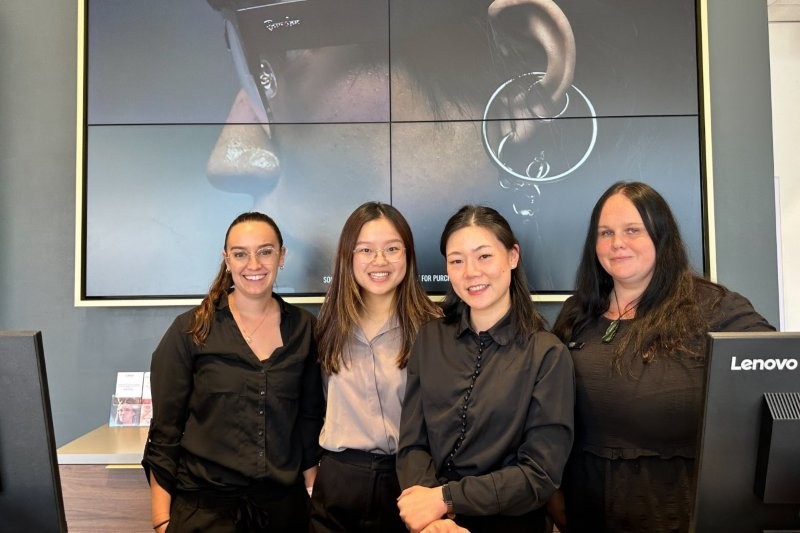Health and safety – what you need to do
An optometrist or ophthalmologist’s practice is a relatively low-risk business, however, you have a duty to ensure you can demonstrate that you have taken the necessary steps to understand what the risks to workers’ health and safety (H&S) are, and you have a plan in place to manage this.
Implementing a HSMS
A requirement under the Health and Safety at Work Act 2015 (HSWA) is to have a H&S Management System (HSMS) in place. An effective HSMS results from organisational leadership and commitment. Everyone has a duty to work safely, but you still need to manage and coordinate the overall health and safety programme of the organisation.
A HSMS is the framework for doing this and needs to include the following key elements:
- Safety leadership and commitment – setting out how you value safety, expectations and accountability. This is the H&S policy which needs to be signed by the owner/CEO and displayed for all workers to see
- Risk and hazard management – your practice’s process for hazard identification, risk assessment and management of actual and potential hazards. A risk register should be completed detailing all the practice’s risks and potential hazards and how they are being controlled
- Emergency procedures – a record of the planning, training and testing (drills) for potential emergencies that may arise
- Information, training and supervision – how you support your employees to work safely. This includes staff inductions, training registers and documented, safe-work procedures
- Incident and accident reporting – how you report and investigate incidents and accidents to identify causes of harm and implement actions to prevent similar events
- Injury management – the practice’s documented processes for ensuring injured persons are properly cared for
- Worker engagement and participation – how you have involved your employees who are exposed to the risks in managing those risks. Includes appointing an effective H&S Committee
- Performance and measurement – to demonstrate you know how your safety system is performing and how your practice’s risks are being managed
It is not necessary to invest in a specific HSMS software application as the same results can be achieved using Microsoft Word or Excel.
Hazard and risk management
The most critical element is effective hazard and risk management. This is about identifying hazards that have the potential to cause harm, so are “risks” to your employees or visitors, how you’ve managed to eliminate them or, at least, what steps you’ve taken to reduce the risks. The key stages in hazard and risk management are:
- Identification of hazards
- Assess the hazards’ risks
- How the hazards’ risks are being controlled
- Understanding and documenting the residual risks of the hazards identified
- Monitoring hazards and controls
- Reviewing hazards and controls
Identifying hazards
The first step is to identify hazards. A simple approach to this is a method called STEP: Site – where you work; Task – what you do and how you do it; Equipment – what you use or are exposed to; and PPE, what protective equipment or clothing is worn.
The most common hazards are:
- Manual handling – lifting objects, twisting
- Slips, trips and falls – bad housekeeping or a poorly kept practice environment
- Falling objects – items falling from storage racks etc.
- Cuts from equipment used or glass
- Breathing in dust, eg. when using grinding or polishing equipment
- Eye injuries – particles from machine use which get caught in the eye
- Fatigue – from working long hours
- Bullying / stress – ineffective employee management or reporting structures
It is essential to engage your employees in the process of identifying and managing hazards and to encourage them to discuss any discomfort they may experience when undertaking their duties or carrying out their work.
Assessing the risks
After the hazards have been identified, you need to assess each hazard to find out what risk it may pose to workers. This means assessing the probability (chance) and consequences (impact) via a Risk Matrix.
Controlling the hazard risk
Once the hazards have been identified and their risks assessed, you must decide which control measures are most appropriate. The hierarchy of controls is as follows:
- Eliminate the hazard
- Minimise the risk by:
- Substituting the hazard with one less harmful
- Isolating the hazard from workers
- Engineering controls such as guards, time-locks etc.
- If the risk is still present, then apply administration controls such as:
- Signage
- Training / supervision
- Standard Operating Procedures (SOPs)
- Inspections
- If the risk remains then instigate the use of personal protective equipment (PPE) eg. eye protection, face masks, gloves etc.
Monitoring and review
Establish a H&S Committee that includes employees and meets regularly (at least quarterly) to review/investigate incidents, new hazards, determine where controls are effective and any other H&S matters.
Employees who work from home
Your practice also has a responsibility to ensure that work done at home is done in a safe manner. If the work being done is primarily on a computer, then there should be a workspace, setup appropriately for this to be done, reflecting the same standard as if the employee was at work. However, the practice's responsibility doesn't extend beyond the employee's home workspace or to other activities carried out in the home.
Summary
While our working practices have changed in many ways, it is still absolutely the case that the responsibility for managing risk rests with those who create the risk. Good H&S goes hand-in-hand with good business and organisational performance and building a good H&S culture in any organisation requires strong leadership. Finally, workforce engagement and involvement is essential to succeed in embedding H&S in the fabric of an organisation.
For more on PPE eyewear, see 'Myths, nysteries and eye protection" and for a lighter look at workplace safety, see Chalkeyes presents...
About the author:
Liam Denton is a principal at Safety Associates (www.safetyassociates.co.nz) and a member of the NZ Institute of Safety Management. To get in touch on any matters relating to H&S call Liam on 0275 684 216 or email him at, liam@safetyassociates.co.nz


























